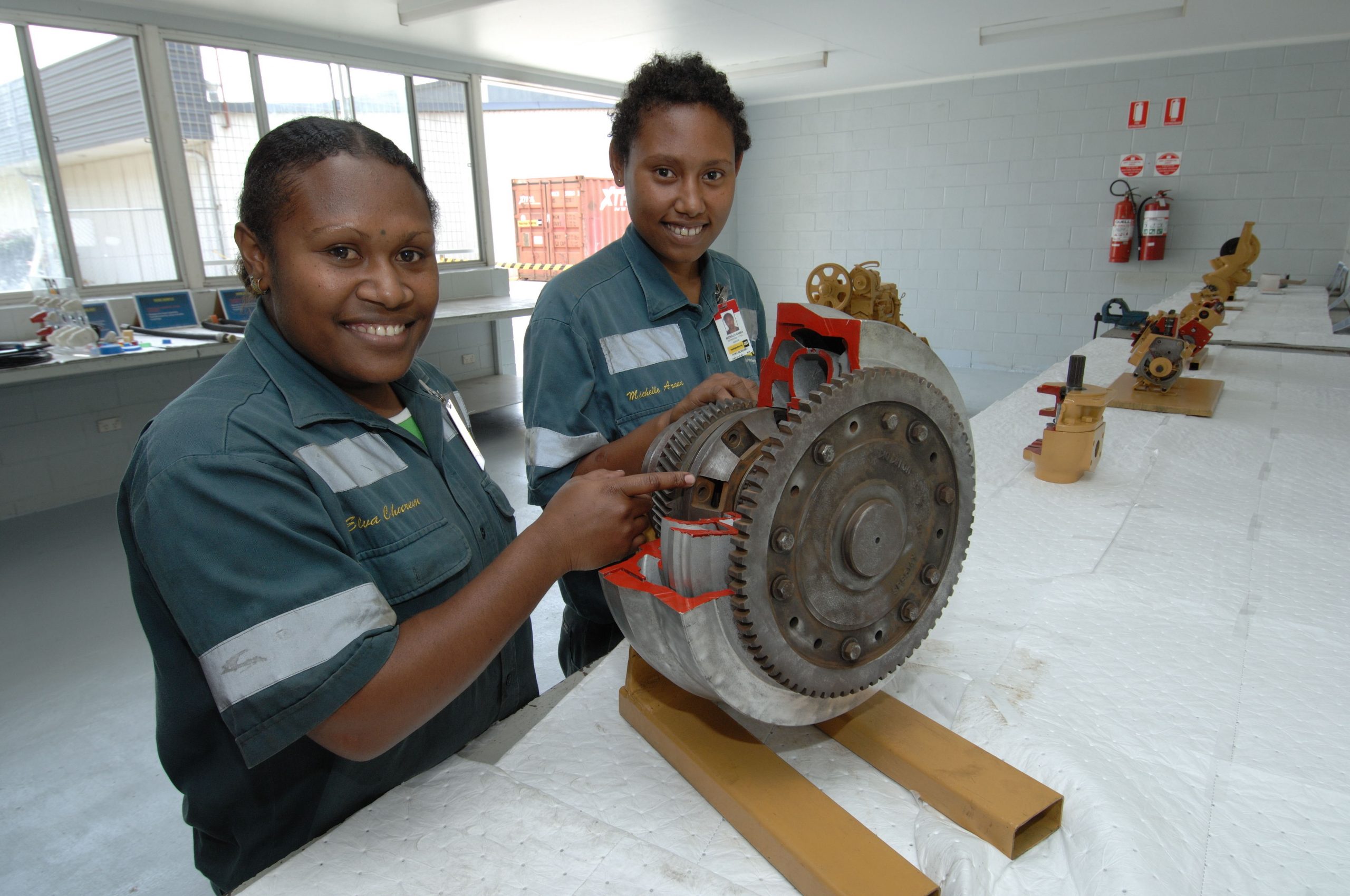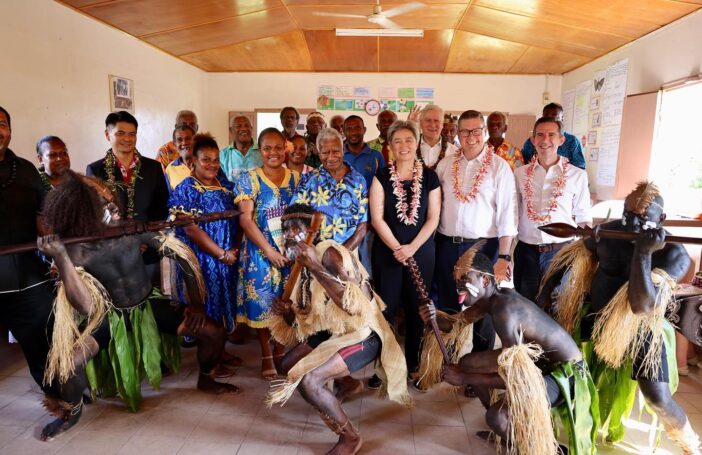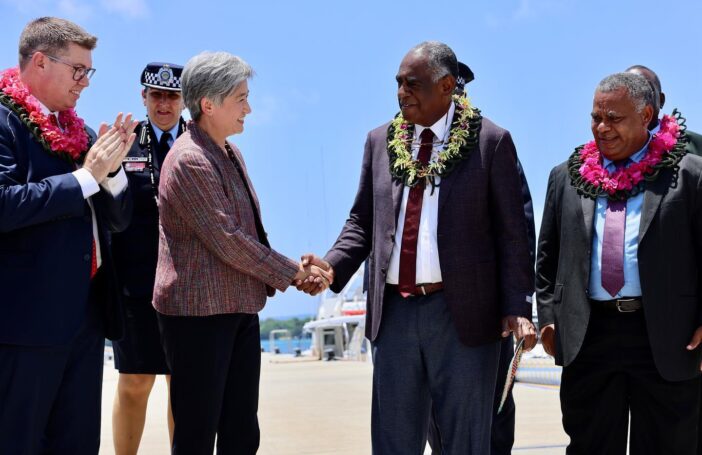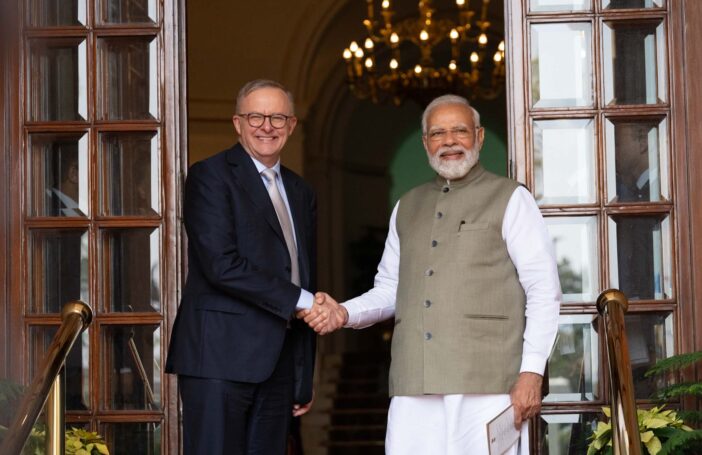Faced with a challenge to its profile and influence, Australia needs to frame its approach to the Pacific as a generational partnership – a long-term, deep, sophisticated relationship with Pacific island countries characterised by respect and trust across decades.
At a time of intensifying geostrategic competition, there may be pressure for Australia to take a short-term and transactional approach towards the Pacific. Such crisis thinking would be counterproductive to forming long-term sustainable relations.
The region will respond negatively to attempts to use Australia’s development cooperation program to impose its vision and interests or, alternatively, frame it exclusively in terms of geopolitical competition. This will fail to achieve either national interest or development objectives.
The most sensible steps for Australia to take are those which resolutely focus on economic integration, reciprocity and sustained commitment to generational progress – rather than reactive short-termism.
Australia needs to shape a sophisticated vision for its engagement in the region, based on a long-term, generational relationship linked to the sustainable development agenda. This requires a framing that embraces opportunities for Australians and Pacific Islanders to achieve their potential, both now and into the future, supporting each other across generations.
The generational challenge is multifaceted. Across the Pacific, the devastating effects of climate change are dislocating communities and affecting both human and traditional security. Low-lying regions face the prospect of wholesale migration as islands become uninhabitable.
There is a massive need for employment opportunities to manage domestic pressures, resource availability, food security and emergency services. Pacific island countries remain extremely vulnerable to the health and economic effects of the COVID-19 pandemic. For example, as well as the immediate impact on tourism, the closure of schools for long periods during the pandemic has had enormous long-term effects on education. Pacific leaders are concerned about the potential for a lost decade – or even a lost generation.
Beyond this, the daily widespread struggles for access to basic services – such as healthcare, education, financial services, markets, and opportunities for income generation – present fundamental challenges. This is particularly so for people who are geographically disconnected.
Australia needs to be part of generational solutions. Enabling prosperity and sustainable economic development in the Pacific is the first pillar of Australia’s Pacific Step-up agenda, including trade, education, employment and infrastructure investment. Australia’s ideal vision is of a stable, prosperous and inclusive region where Australia is a preferred and trusted partner.
To achieve this, a long-term approach based on a mutually beneficial partnership will reap dividends far beyond transactionalism. For example, it is true that the things that are a risk to the region – such as infectious diseases – are also a risk to Australia but it is problematic to talk about supporting health security to keep Australia safe. Pacific communities deserve good health irrespective of Australia’s health security.
Instead of playing the same game as its perceived competition, Australia should articulate its aims for the Pacific in terms that work to its comparative soft power advantage, while also addressing the compounding health and economic impacts of the pandemic. It should focus on improving resilience and social cohesion, building human capital, and advancing human security as part of a geo-economic strategy with social infrastructure at its centre.
Australian bilateral and collaborative investments with partner donors should build the health, education and social protection systems that the Pacific needs for coming generations. There is the opportunity for closer engagement, collaboration and continued investment towards strengthening health systems and health outcomes across the region. The aim should be true and meaningful partnership and sustainable development.
The region has long been open to an approach to cooperation with Australia which focuses on strong partnerships and the transfer of knowledge, skills and people. There is a desire to see greater Pacific engagement in the different dimensions of the relationship. This includes people-to-people linkages, welcoming and engaging with Pacific people, more extensive trade, and promoting leadership by local bodies in design, implementation and delivery of disaster recovery and development assistance.
‘Localisation’ is much broader than simply ‘replacing people’ – it is about greater Pacific engagement in all aspects of development program design and implementation, with multidimensional implications throughout the region. What is desired is a genuine commitment to listening to Pacific voices, and responsiveness to the Pacific’s development priorities. This can build on the momentum COVID-19 has brought to normalising local leadership. Localisation is an asset that helps progress Australia’s broader partnership narrative.
As the single largest development partner in the region, Australia is well positioned to take the relationship forward in a positive and sustainable way. Through tools including labour mobility, education and training, people-to-people relationships and long-term development partnerships, Australia can build towards a positive agenda based on the Sustainable Development Goals of people, prosperity, planet, partnership and peace. Australia can be a generational partner for Pacific economies and societies in fighting poverty, increasing economic activity, building governance, strengthening resilience and promoting more peaceful societies. This period – especially with a new government – offers an opportunity to reposition.
At the macro level, a stronger focus on problem-solving and genuine partnership can produce deeper and longer lasting relationships founded on trust. There is the opportunity for a rhetorical reset framed in terms of a long-term generational partnership, prioritising responsiveness to the Pacific’s own priorities for development, and with a clear eye on a shared, long-term future. Engaging with the cultural underpinnings, ways of thinking, and decision-making processes of Pacific societies can help shift the conversation towards one of partnership.
This blog draws on a recent report ‘Australia and the Pacific: shaping a shared future‘.




